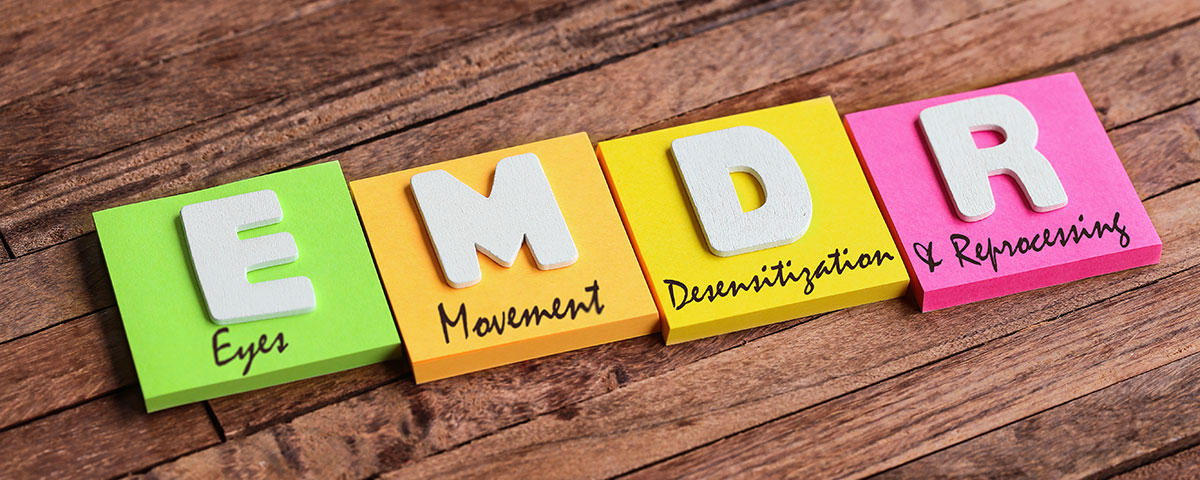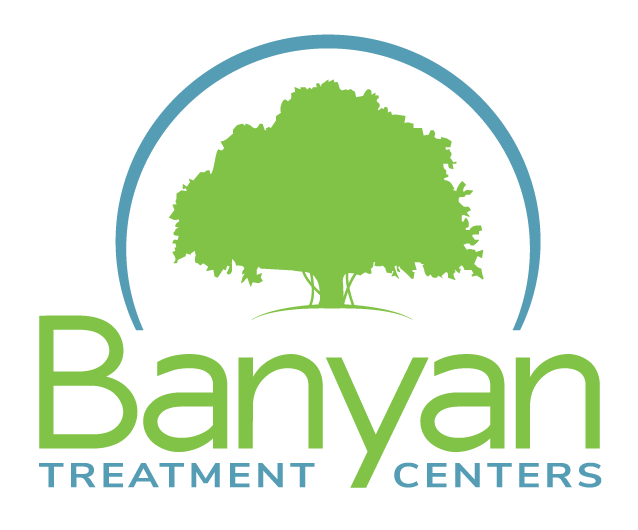Psychologist Francine Shapiro discovered eye movement desensitization reprocessing (EMDR) in the late 1980s.
She began to experiment with people who had experienced trauma or were formally diagnosed with post-traumatic stress disorder (PTSD). Her discovery was an asset to psychotherapy and has since been used to treat a variety of conditions related to trauma, including drug addiction and alcoholism. Trauma is a common aspect of addiction and understanding that trauma is necessary for addiction recovery. Many addicts began their substance abuse to cope with trauma, so negative thoughts and emotions are usually linked to a person’s drug or alcohol addiction. As a nationwide drug and alcohol treatment center that offers EMDR therapy for addiction, we wanted to share the benefits of EMDR and how it can be helpful to those recovering from substance abuse.
Questions about our Facilities or Programs?
Our admissions coordinators are available 24/7 to answer any questions you may have as you consider whether treatment at Banyan is right for you or your loved one.
What Is EMDR?
Eye movement desensitization reprocessing therapy, most commonly referred to as EMDR, utilizes sporadic visual stimulation to help people cope with trauma. Francine discovered that lateral (left to right) movements of the eyes reduced emotional responses to negative thoughts and emotions. For example, a person who may feel anxious during their drug or alcohol addiction treatment may receive EMDR therapy to help them relax. Having patients recall traumatic or distressful memories while stimulating their vision can help them reprocess their response to these memories.
There are eight phases of EMDR therapy. In the first, phase patients work with their therapists to identify the source of their emotional distress and create a treatment plan. During the second phase, therapists will teach patients minor calming techniques they can immediately begin to apply while explaining how the EMDR process will work. During the third through the sixth phases, patients begin identifying negative beliefs they have about themselves and emotions related to past traumatic events. In phases seven and eight, therapists teach patients calming techniques while examining their progress. EMDR therapy is the first step for patients in developing new coping methods for memories and emotional responses to trauma.
Understanding EMDR Therapy and How It Works
Eye movement desensitization and reprocessing therapy has been known to help individuals process and adjust their responses to emotionally charged memories or trauma. Individuals who suffer from PTSD, anxiety disorder, drug and alcohol addictions, eating disorders, and personality disorders have benefited from this form of therapy. PTSD and trauma, in general, are also common contributing factors to drug and alcohol abuse. That’s why facilities like Banyan Treatment Centers have become focused on dual diagnosis treatment as well. EMDR therapy supports the belief that treating the root cause of an individual’s addiction will not only help them recover, but will also prevent relapse in the future.
EMDR therapy for addiction treatment doesn’t involve any medication, which is particularly helpful for patients who are receiving prescription drug addiction treatment. During EMDR therapy, a therapist has the client share any details relating to the trauma they’ve experienced while following the left-to-right hand motions of the therapist with their eyes. Eye movements are usually saccadic at first, which are quick, erratic movements of the eyes that redirect a person’s line of vision to help them focus on one moving object. Francine and her partners claim that inducing these eye movements while reflecting on traumatic experiences can help the individual calmly process the experience while adjusting their emotional response to it.
EMDR therapy should not be attempted at home. A vital aspect of this therapy is having the patient recall past traumatic experiences. Not only can this be painful for the individual to relive, but these memories can also trigger intense feelings and sporadic behavior. Attempting to perform this therapy at home can cause the individual to relapse – or worse. At Banyan Treatment Centers, we offer our patients EMDR therapy that’s led by licensed therapists. Alongside a variety of our other addiction therapies, we incorporate as many effective and safe practices at Banyan to help patients achieve sobriety and manage mental illness.
What Are The Benefits of EMDR?
EMDR has been known to help individuals who struggle with addiction and mental illness. Many major organizations involved in identifying effective addiction treatment methods, such as the American Psychiatric Association, also recognize the link between addiction and mental health. They acknowledge that people with mental illnesses and people who have experienced trauma are at risk of developing a substance abuse disorder. They also understand that people with addictions are also likely to be diagnosed with a mental disorder. This is why it’s important to incorporate therapies, like EMDR therapy, that helps treat both sides of a co-occurring disorder.
There are several benefits of EMDR therapy:
- Doesn’t involve medication, which is especially helpful to patients who are undergoing detox or treatment for prescription pill addiction
- Appears to have no side effects on patients
- Works well alongside cognitive behavioral therapy (CBT) in treating trauma and stress
- Doesn’t require patients to be in therapy for years
- Often covered by insurance
- On top of the usual licenses, EMDR therapists are required to receive specialized training to be certified to practice this technique
- Helps patients understand the source of their emotional responses to trauma
- Alleviates emotional and physical symptoms of trauma
- Helps patients reprocess and adjust their responses to traumatic memories
- Improves self-esteem
Getting into treatment is easy with our free insurance verification
"*" indicates required fields
What Is The Role of EMDR in Addiction Treatment?
There are also many benefits of EMDR for addiction. EMDR therapy has been incorporated into addiction treatment because substance abuse is often linked to trauma. The idea behind the use of EMDR for substance abuse treatment is that by treating past trauma, the person’s compulsion to use drugs or drink will be mitigated. As with trauma, EMDR therapy also allows therapists to identify the root causes of an individual’s addiction. Many people with drug or alcohol addictions are diagnosed with PTSD, making EMDR therapy a beneficial form of substance abuse treatment.
If you or someone you know is battling drug addiction or alcoholism, Banyan Treatment Centers can help. Call us now at 888-280-4763 to learn more about the addictions treated at Banyan and the services we offer.
Sources:
Related Reading:









